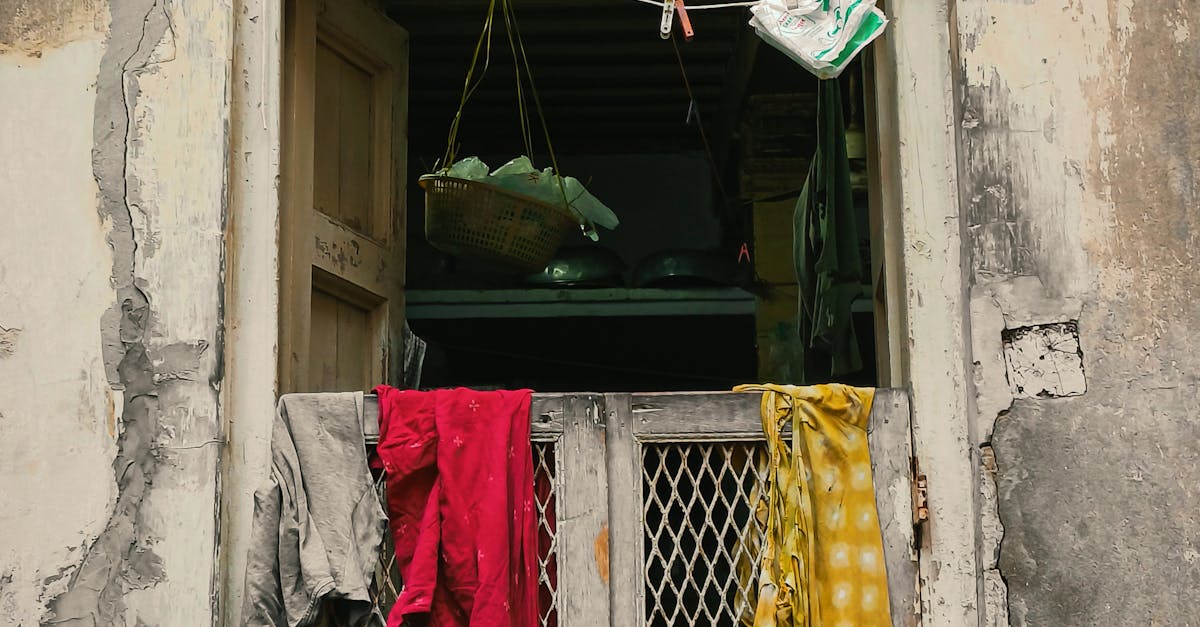
Passive House Construction Techniques: Exterior Insulation and Cladding
Maintenance Tips for Exterior Cladding
As a crucial component of a passive house, exterior cladding requires regular maintenance to ensure its longevity and performance. One key maintenance tip is to inspect the cladding regularly for any signs of damage, such as cracks, peeling paint, or water stains. Addressing these issues promptly can prevent further damage and protect the integrity of the cladding system. Additionally, cleaning the exterior cladding periodically, using mild soap and water, can help remove dirt, debris, and other contaminants that may accumulate over time. This simple maintenance practice can enhance the aesthetic appeal of the cladding and prevent deterioration caused by built-up grime.
Ensuring Longevity and Durability of Cladding Materials
To ensure the longevity and durability of cladding materials in passive house construction, proper maintenance is essential. Regular inspection of the cladding for any signs of damage, such as cracks, dents, or water infiltration, is crucial. Addressing any issues promptly can prevent further deterioration and prolong the lifespan of the cladding.
Sustainable Practices in Passive House Construction
Passive house construction utilises sustainable practices to minimise environmental impact and increase energy efficiency. One key aspect is the use of eco-friendly materials for insulation and cladding. By selecting materials with low embodied energy and high thermal performance, passive houses can significantly reduce their carbon footprint. Examples of sustainable materials include cellulose insulation made from recycled paper, straw bale insulation, and timber cladding sourced from responsibly managed forests.
In addition to selecting eco-friendly materials, passive house construction also focuses on reducing waste and maximising energy efficiency throughout the building process. This involves careful planning and design to optimise the use of natural light, ventilation, and thermal mass. By incorporating passive design principles, such as strategic placement of windows and shading devices, passive houses can minimise the need for artificial heating and cooling. Sustainable practices in passive house construction not only benefit the environment but also contribute to the long-term comfort and well-being of occupants.
Using EcoFriendly Materials for Insulation and Cladding
Using eco-friendly materials for insulation and cladding is a key aspect of sustainable passive house construction. Opting for materials that have minimal impact on the environment can significantly reduce the carbon footprint of a building. By choosing insulation and cladding materials that are renewable, recyclable, or biodegradable, builders can contribute to the overall environmental friendliness of the project.
One popular eco-friendly option for insulation is cellulose, which is made from recycled paper and treated with non-toxic additives for fire resistance. This material offers good thermal performance and can help regulate indoor temperatures effectively. When it comes to cladding, timber sourced from sustainably managed forests is a great choice. Timber cladding not only provides a natural and aesthetically pleasing finish but also has a lower environmental impact compared to materials like aluminium or PVC. Integrating these eco-friendly materials into passive house construction can enhance the overall sustainability of the building while maintaining high performance levels.
FAQS
What is exterior insulation and cladding in passive house construction?
Exterior insulation and cladding are key components of passive house construction that help in maintaining energy efficiency and thermal performance of the building.
How can I ensure the longevity and durability of cladding materials?
To ensure longevity and durability of cladding materials, it is essential to choose high-quality materials, perform regular inspections, and address any maintenance issues promptly.
What are some maintenance tips for exterior cladding in passive house construction?
Regularly clean the cladding surface, check for any signs of damage or wear, and repair or replace any damaged cladding materials to maintain the overall integrity of the building envelope.
Are there sustainable practices that can be incorporated into passive house construction?
Yes, sustainable practices such as using eco-friendly materials for insulation and cladding, optimizing energy efficiency, and reducing environmental impact can be incorporated into passive house construction.
How should I budget for exterior insulation and cladding in passive house construction?
When budgeting for exterior insulation and cladding, consider the cost of materials, installation, maintenance, and any additional expenses related to ensuring the longevity and performance of the cladding system.
Related Links
Passive House Construction Techniques: Rainwater Harvesting and Greywater SystemsPassive House Construction Techniques: Insulated Foundation and Slab Design
Passive House Construction Techniques: Advanced Framing Techniques
Passive House Construction Techniques: Solar Shading and Overhangs
Passive House Construction Techniques: Airtightness Testing and Sealing
Passive House Construction Techniques: Ventilation System Installation